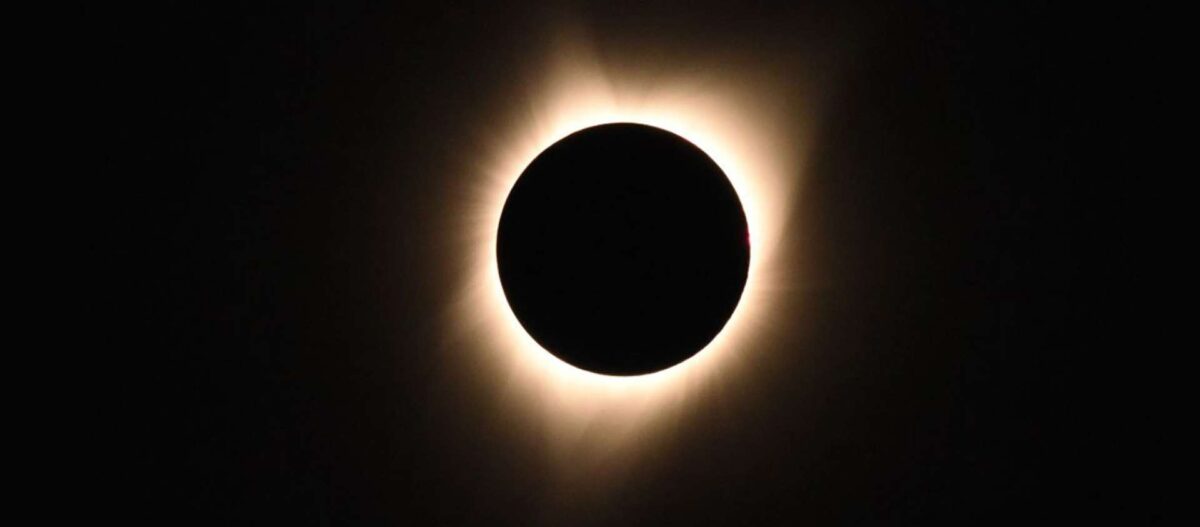Effects of Solar Eclipse on Wildlife

On April 8, millions witnessed a total solar eclipse. While the event only lasted a few minutes for those in its path, scientists are intrigued by its impact on Earth’s flora and fauna.
During an eclipse, as the light dims leading up to totality, plants and animals react. Birds flock and some grow silent, while farm animals head to their shelters, mistaking the darkness for night. Bees stop buzzing and return to their hives, only to seem disoriented when light returns.
During totality, plants may close up, and animals alter their behavior. Birds quiet down to avoid detection by predators, while crickets start to chirp in the fading light. Spiders engage in web maintenance, and even Galapagos tortoises were observed to mate unexpectedly during the eclipse.
Scientists plan to study these phenomena closely. Projects like the Eclipse Soundscapes initiative will gather data on insect and bird behavior during the event, enhancing scientific understanding. Accredited zoos along the eclipse path will provide additional opportunities for observation.
The eclipse will also cause a significant drop in temperature, affecting both land and amphibians. However, these impacts are expected to be temporary, lasting only minutes.
Overall, researchers are excited about the chance to quantitatively assess the eclipse’s effects on wildlife, thanks to advancements in technology and computing power.